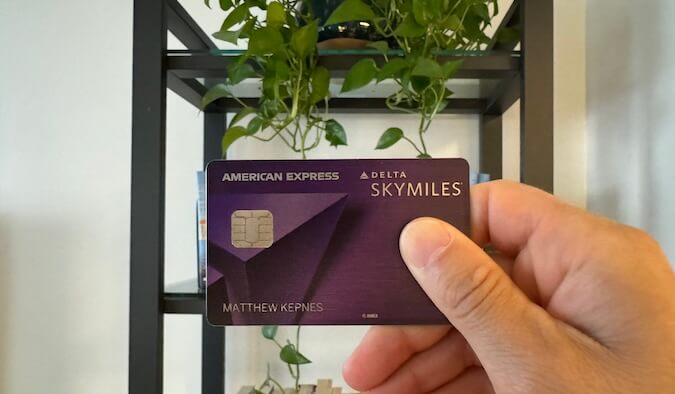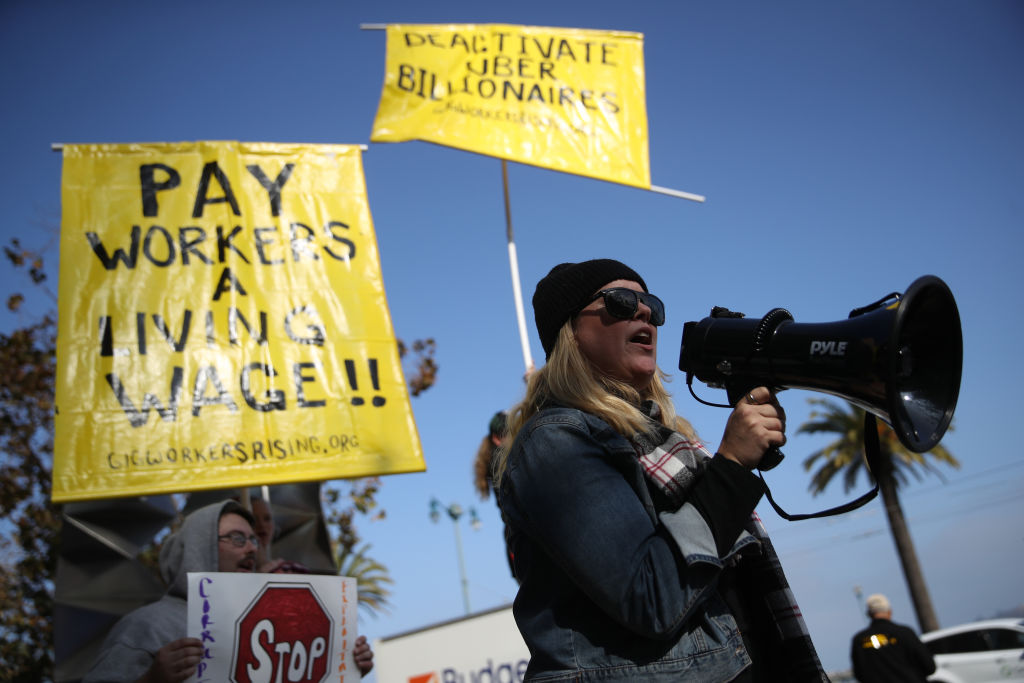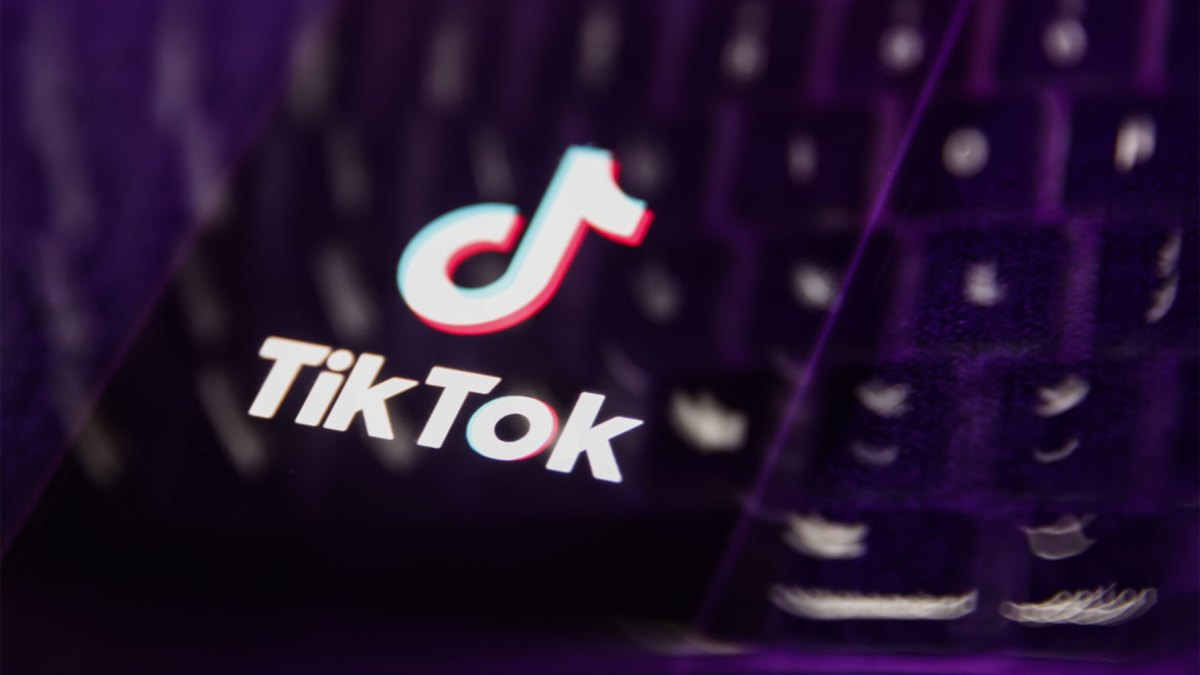TikTok Quashes India Comeback Rumors Amid Website Launch

In a world where social media platforms rise and fall with astonishing speed, TikTok's saga in India stands out as a particularly intriguing chapter. Once a dominant force in the short-video landscape, TikTok has been struggling to regain its foothold in the Indian market since being banned in June 2020. As the dust settles on this digital battleground, it appears that the app’s anticipated resurgence may be nothing more than wishful thinking.
The ban on TikTok was a significant move by the Indian government, citing national security concerns amid escalating tensions with China. This decision affected not just TikTok but also 58 other Chinese apps, leading to a massive upheaval in the digital ecosystem. With over 200 million users, TikTok had captured the hearts of Indian teenagers and content creators alike, giving them a platform to showcase their creativity and connect with a wider audience. However, the government’s action came swiftly, leaving many users in limbo and forcing them to seek alternatives.
In the wake of the ban, numerous local competitors emerged to fill the void left by TikTok. Apps like Moj, Josh, and Chingari quickly gained traction, capitalizing on the opportunity to attract former TikTok users. These platforms not only offered similar functionalities but also catered to the local culture and languages, which resonated well with Indian audiences. According to reports, Moj alone garnered over 100 million downloads in just a few months following TikTok's ban, highlighting the rapid shift in user preferences.
As the competition intensified, TikTok’s path back to India became increasingly convoluted. Attempts to negotiate with the Indian government and reassure users about data privacy and security concerns have proven fruitless. While TikTok's parent company, ByteDance, has expressed interest in re-entering the Indian market, the road ahead is fraught with challenges. Industry experts suggest that the ban has permanently altered the landscape of short-video content in India, making it difficult for TikTok to reclaim its former glory.
Moreover, the Indian government has made it clear that it prioritizes national security above all else. The geopolitical climate between India and China continues to be tense, which further complicates the potential for TikTok's return. Government officials have emphasized the importance of data sovereignty and the need for apps to adhere to stringent data protection laws. In this context, the prospect of a Chinese app regaining its footing in India seems increasingly unlikely.
In addition to these political hurdles, cultural shifts also play a significant role in TikTok's challenges. The emergence of homegrown competitors has sparked a wave of nationalism among Indian users, with many now favoring local platforms over foreign entities. This sentiment is particularly strong among the younger demographic, who are increasingly conscious of supporting domestic products and services. The rise of 'Swadeshi' sentiments—an advocacy for Indian-made goods—could further alienate TikTok, making it difficult for the app to resonate with the current cultural zeitgeist.
Furthermore, the content ecosystem has evolved significantly since TikTok's exit. Indian creators have found new avenues for expression on platforms like Instagram Reels and YouTube Shorts, which have integrated short-form video features into their offerings. These platforms already boast massive user bases and offer robust monetization options, making them more appealing for content creators looking to build a sustainable career. The diversification of platforms means that users are less likely to return to TikTok, as they have already established their presence elsewhere.
Despite the challenges, TikTok has not been entirely dormant. The company has been actively exploring partnerships with local influencers and creators, attempting to rebuild its brand image. However, many in the industry view these efforts as too little, too late. The competition is no longer just about short videos; it’s about building a community and fostering loyalty among users—something that TikTok will need to work hard to achieve.
In addition to local competitors, TikTok faces pressure from regulatory bodies and political leaders. With ongoing discussions surrounding data protection and user privacy, any attempt by TikTok to reverse its ban will be under significant scrutiny. The Indian government’s resolve to uphold its cybersecurity measures means that TikTok will have to navigate a complex web of regulations and public sentiment to even be considered for re-entry.
As TikTok grapples with its uncertain future in India, the landscape of social media continues to shift. In the ever-evolving digital sphere, the platform's inability to adapt to the changing dynamics may ultimately seal its fate. With local apps gaining ground and international platforms enhancing their offerings, TikTok’s comeback could very well be a pipe dream.
In conclusion, the narrative surrounding TikTok in India serves as a cautionary tale about the fragile nature of digital dominance. While the app once seemed invincible, its abrupt fall from grace highlights the importance of agility, adaptability, and cultural sensitivity in today’s fast-paced tech environment. As users flock to alternatives that better align with their values and needs, TikTok may find itself on the outside looking in, marking a significant shift in the global digital landscape.
For now, it seems that TikTok's dreams of reclaiming its Indian audience will remain just that—dreams. With the future still uncertain and the competition only growing fiercer, one thing is clear: the short-video revolution in India is far from over, and the landscape will continue to evolve, likely leaving TikTok behind in its wake.
What's Your Reaction?
 Like
0
Like
0
 Dislike
0
Dislike
0
 Love
0
Love
0
 Funny
0
Funny
0
 Angry
0
Angry
0
 Sad
0
Sad
0
 Wow
0
Wow
0






































